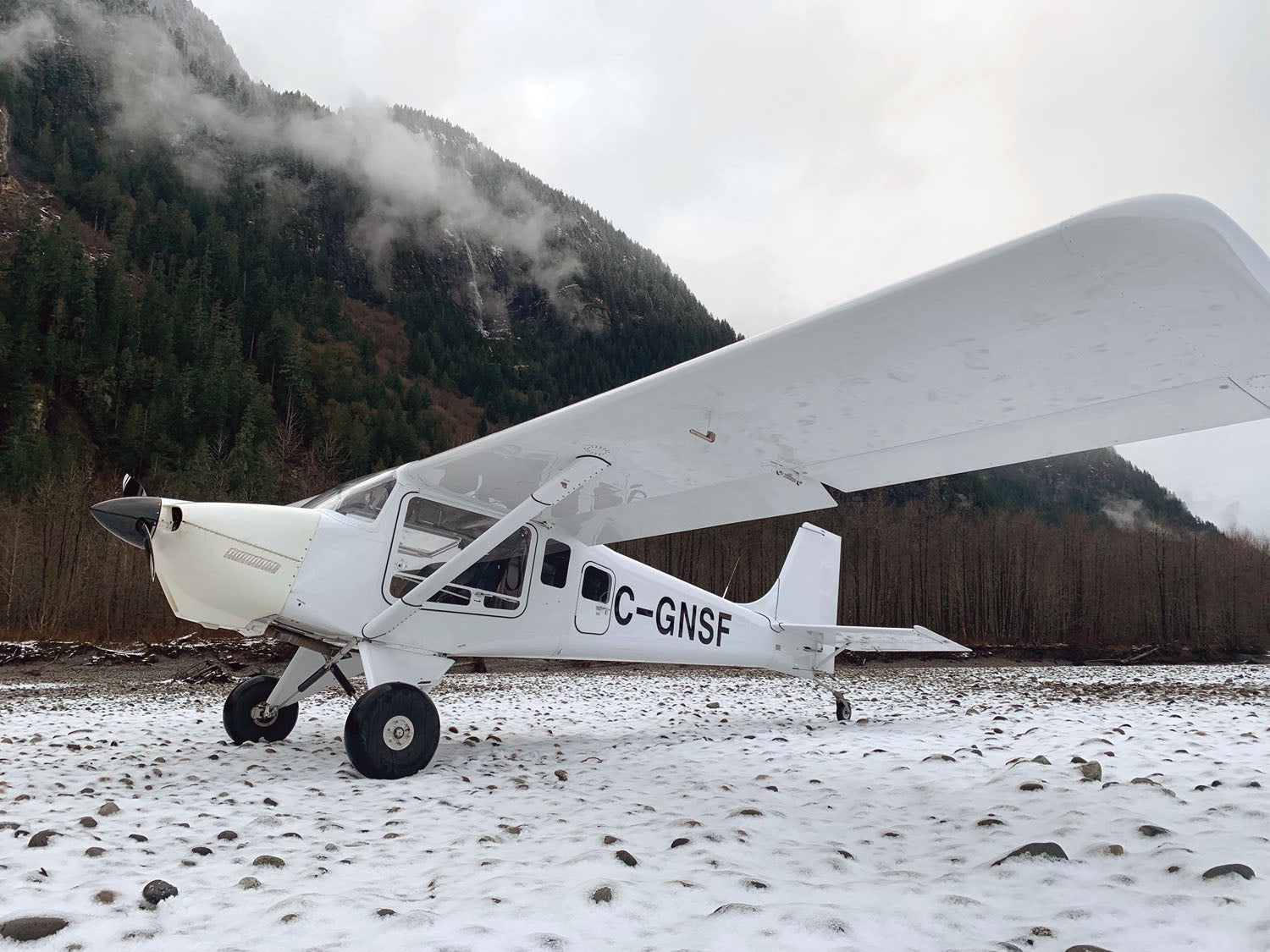
When you write about kitbuilt airplanes, every now and then a unique opportunity pops up. I recently heard a rumor that after 30 years in the aircraft manufacturing business, Darryl Murphy had sold Murphy Aircraft Manufacturing LTD and was now able to spend time fishing the lakes around Vancouver, British Columbia, with one of his floatplanes. After a little coordination, I soon found myself driving from the Vancouver airport up the river to the factory in Chilliwack.
I first met Darryl when I bought my Super Rebel kit at Sun ’n Fun in 1995, and over the years, we became friends. So I was keen to catch up with him and meet the new owners to learn what their plans were for marketing and manufacturing Murphy’s kitbuilt airplanes.
Murphy Aircraft is one of the larger manufacturers of kit aircraft still operating after 30 years, with five kits currently in production. Darryl Murphy’s airplanes cater primarily to the outdoor and backcountry enthusiast, with a range of high-wing aluminum kit aircraft that offer outstanding payload and short-field capabilities. All of the models can be operated on floats, which Murphy Aircraft also offers.
Over the years, Murphy Aircraft has shipped approximately 2000 kits, many of which are operating in the Canadian backcountry. They include 850 of the popular two-place Rebel and 350 of the Super Rebel, and now the heavy hauling M14P-powered Moose. Murphy Aircraft also shipped 800 Renegade kits (a lightweight aerobatic biplane) and 100 Maverick kits (a 400-pound aircraft designed to meet Japanese Light Sport requirements). They are currently filling a few orders for the Radical, the new two-seat backcountry airplane many of you saw at AirVenture in 2018 with the bicycles hanging off the wings.
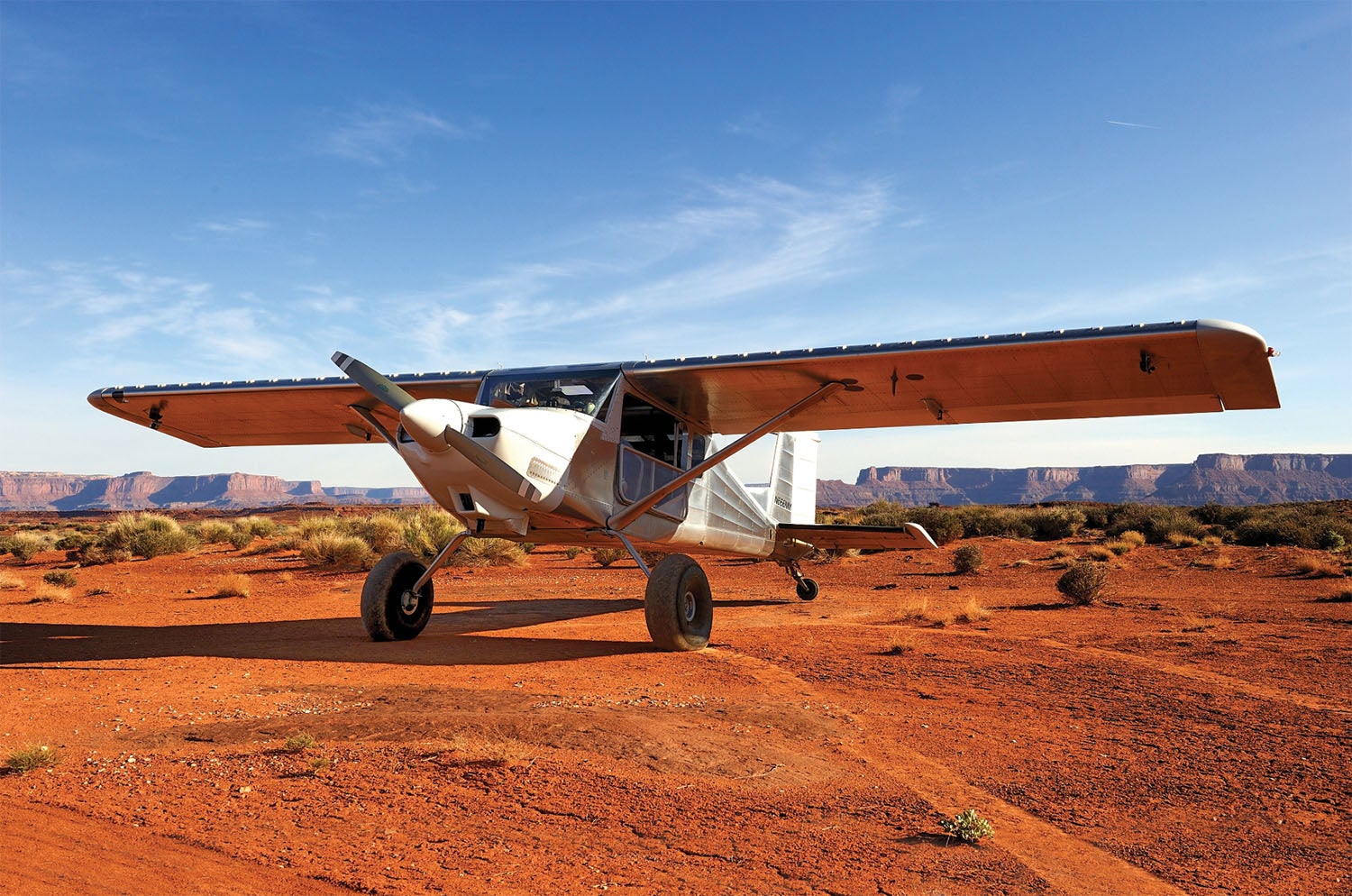
A Family Affair
Murphy Aircraft was always a small family affair. His sister, Colleen, ran sales and marketing, and her husband, Robin Dyck, was the company test pilot. While they were once prominent exhibitors at every major fly-in, the 2008 economic collapse caused a downturn in orders—primarily due to the unfavorable Canadian currency exchange rate. Murphy Aircraft pulled back to a sustainment model. At the same time, Colleen and Robin encountered unexpected medical issues and had to withdraw from the day-to-day operations of the company. Thankfully, Murphy Aircraft was able to fall back on their other manufacturing activities to sustain the business and provide continued customer support.
Because Murphy Aircraft had sold many kits, there’s a robust secondary market of partially built kits. Today, if you’re lucky, there are still some barn finds out there. In the fall of 2018, Murphy began marketing the new Radical, but soon after, the Canadian government’s COVID restrictions effectively shut down their ability to produce kits.
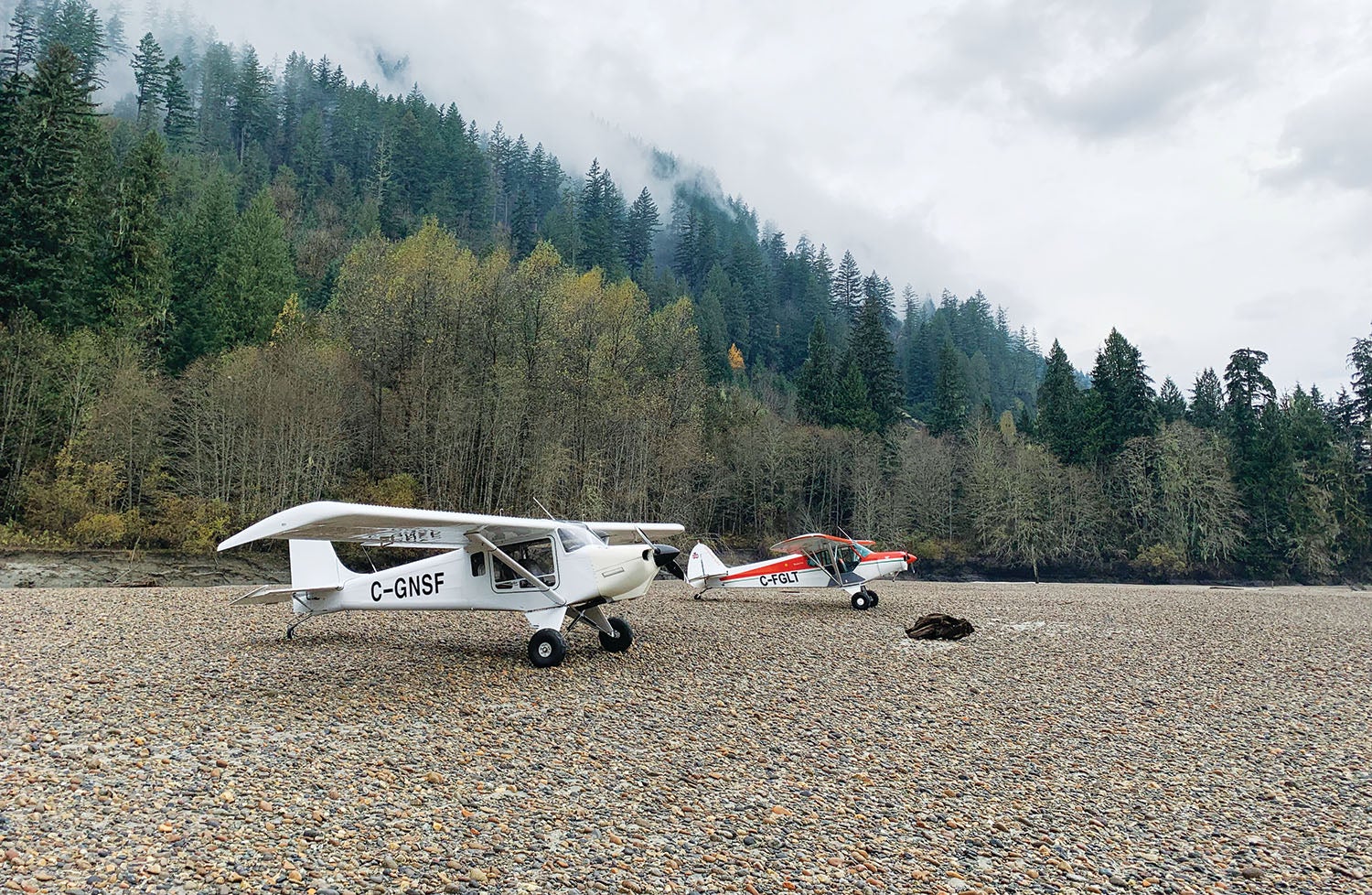
Meet the New Boss
The drive to Chilliwack was about an hour and a half, and I easily found the large Murphy manufacturing facility in an industrial park on the outskirts of town. Once there, I was introduced to the new management team from the Duofu International Holding Group. This group is one of the top 25 conglomerates in China, with subsidiaries in investment, manufacturing and mining, real estate, culture and tourism, international trade and aviation manufacturing.
The Duofu Aviation Group has years of experience in the industry and will be responsible for operations at Murphy Aircraft. The new managing director, Jensen Li, has a background in manufacturing and international trade. The chief engineer of the Duofu Aviation Group, Edward Kang, is also overseeing the transition and brings experience from time at McDonnell Douglas and Airbus. Mr. Li explained their goal is to resume production within three months, pursuing the North American market with a focus on the Rebel, the Radical and the Moose. They will keep the Murphy Aircraft Manufacturing LTD name, utilize the current manufacturing facility and employees—and expect to ship up to 200 kits the first year. They plan to hire an additional 40 personnel to increase manufacturing capability and are also looking for individuals experienced in sales and marketing.
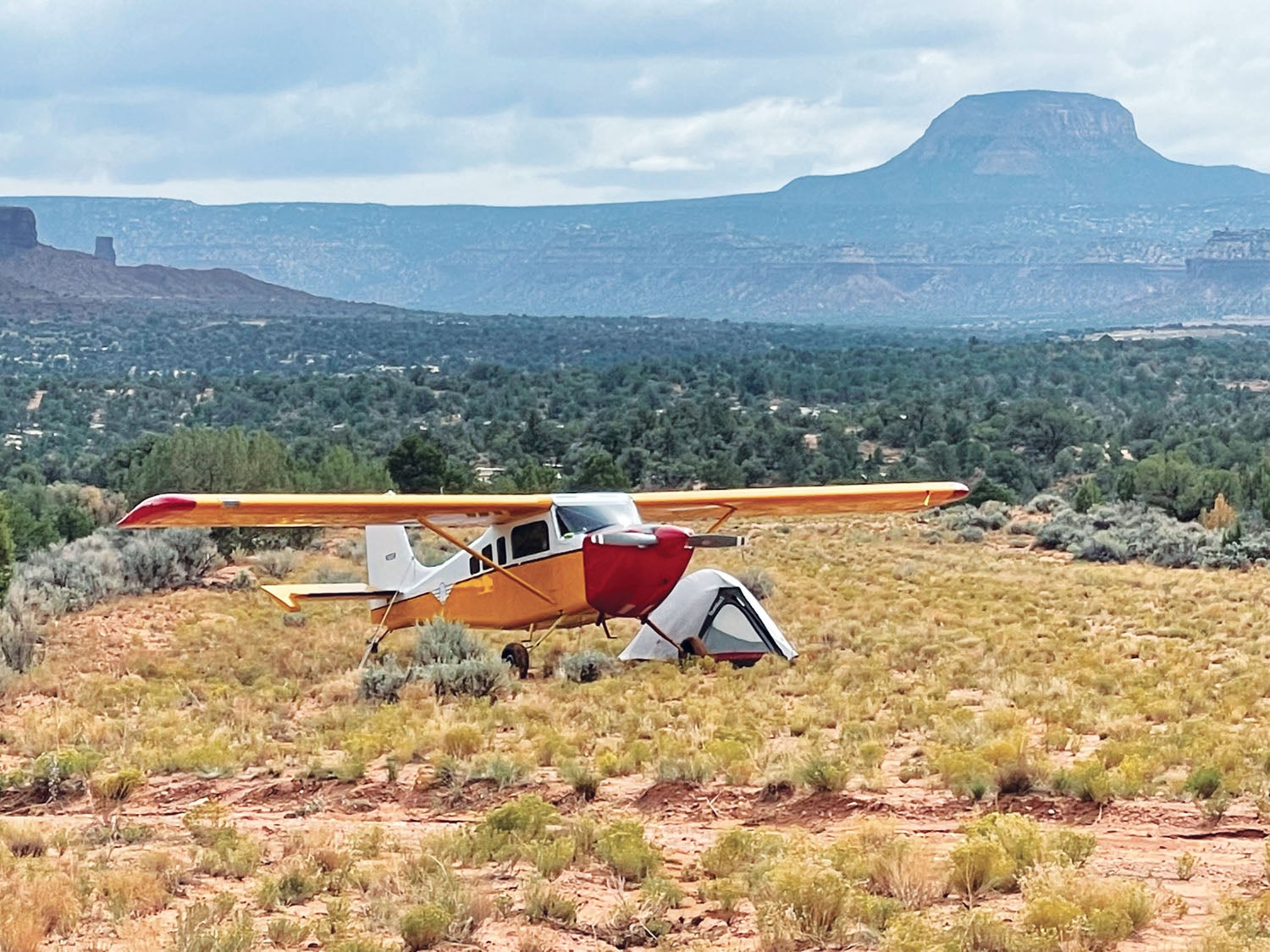
The new Murphy Aircraft team is also gearing up to assemble quickbuild kits in-house. To increase the production of the quickbuild kits, Darryl helped the team design a series of jigs to speed up the factory-build process. They currently have adjustable jigs for the wings, tail surfaces and fuselages for all three aircraft. The new team also has experience with certification and, after resuming production, they intend to certify and offer the Rebel as an Experimental Light Sport Aircraft.
For the homebuilder with a basic kit, all Murphy aircraft are self-jigging, and the builder does not have to design or build any fixture other than a good worktable. All the Murphy kits are designed to be assembled with the Avdel Avex blind pulled rivet, a military-grade rivet that makes assembly a bit easier than most other aircraft. On the larger aircraft, the wing spars are conventionally riveted for additional strength.
The new managers are focused on improving processes to acquire raw materials and improve the efficiency of order flow, management of parts inventory and manufacturing.
They are building two new factory demonstrators that you will see at Oshkosh—a Rebel and Moose—that will also serve as a training ground for their new employees. Because of their relationship with the Doufu Group, they don’t foresee any problem sourcing raw materials and expect few issues with imports direct to Vancouver.
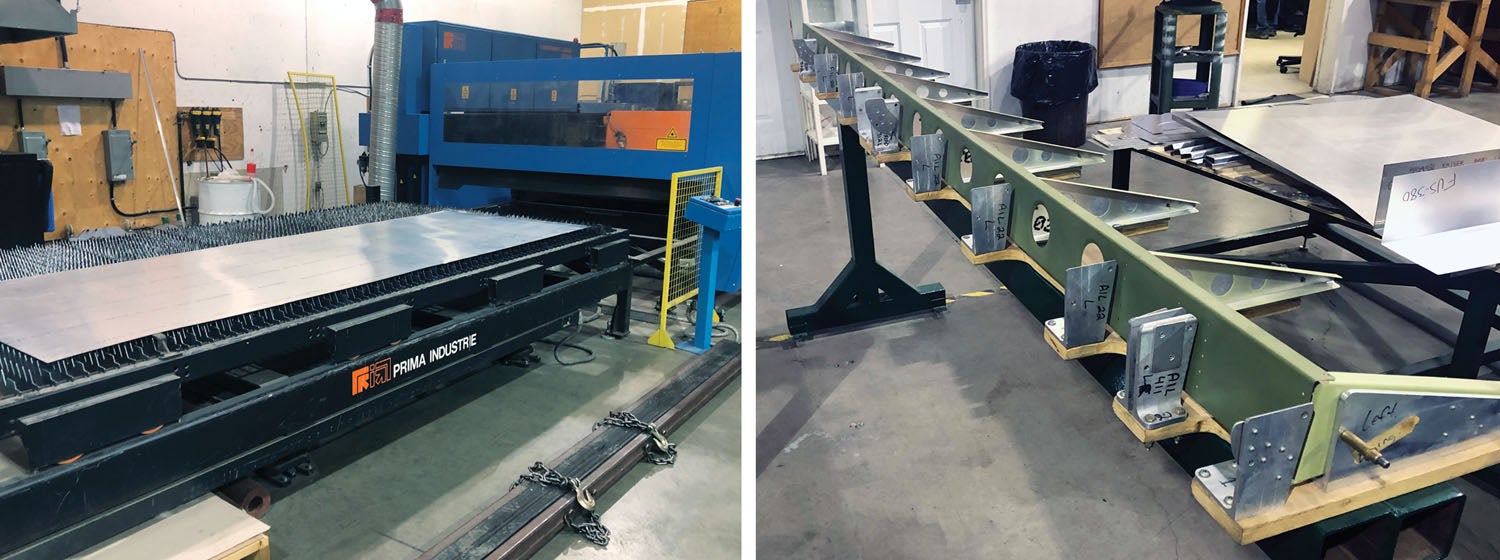
Made in Canada
The current manufacturing facility is well equipped to handle the increase in production. When I first walked onto the factory floor, my eyes couldn’t escape the 1000-pound gorilla in the room. Front and center was a 25-foot high, 3000-ton press used to form most of the parts on their kits. It’s truly huge.
Darryl told me the concrete footers extend 65 feet below the floor to handle the loads.
Before anything gets to the press, the materials are cut with a CO2 laser cutter. Murphy Aircraft has had an Italian-made laser cutter on the manufacturing floor for the last 10 years, but due to the circumstances I mentioned previously, they have only recently been able to take advantage of it in the manufacturing process. The laser-cut process makes for smooth edges that don’t require the builder to spend hours on the 3M wheel or other device to finish the edges. However, my experience tells me you will most likely need to keep a well-stocked supply of Band-Aids in your shop.
The laser cutter provides a great deal of design freedom in building kits. They now manufacture all the wing ribs ready to install, with no trimming required. The fuel tanks no longer require making many small fittings to reduce hole sizes before sealing. All ribs—main, leading-edge, aileron and flap—can now be Clecoed directly to the spars without having to back drill. These changes save the builder many hours.
Once the parts are cut, they are placed on keyed forms in the press and are quickly finished. Both the laser cutter and the press have large platforms on each side. While one is being cut or pressed, the teams load the other platforms so they are ready to go into the machine. As a result, Murphy can manufacture parts quickly and efficiently.
One example—and one I wish existed when I built my Super Rebel—is the laser cutter and the large 6×6-foot bed of the forming press, which allows Murphy to make the fuselage bulkheads in one piece. This reduces 28 corner pieces down to seven one-piece bulkheads. This change alone saves the builder many hours of fitting and riveting corner pieces together. It also saves approximately half a pound in weight per bulkhead.
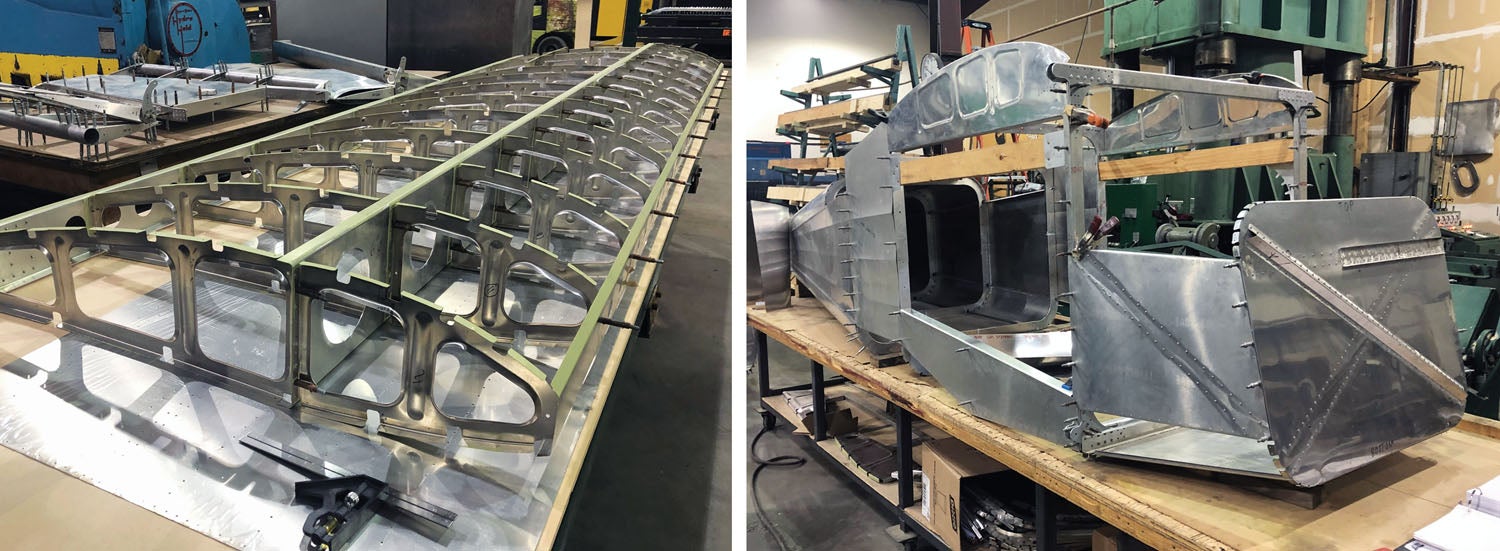
All the leading edges and other difficult-to-form pieces come preformed in the basic kits. Murphy has a large metal brake, which has numerous mandrels designed by Darryl to form the leading edges of the wing and tail skins, as well as other parts.
Murphy Aircraft also has a substantial machining capability and does not outsource any metal component. For years, Darryl has manufactured the JDM line of wheels and brakes still used on all Murphy Aircraft, including Murphy floats. The only exception is the stock Cleveland brake pucks included with all the kits. That way, if you’re ever stranded, you won’t have a problem sourcing parts. Until recently, Murphy Aircraft also fabricated all the fiberglass parts in-house. As their need for floor space increased, they outsourced them to a shop in Surrey.
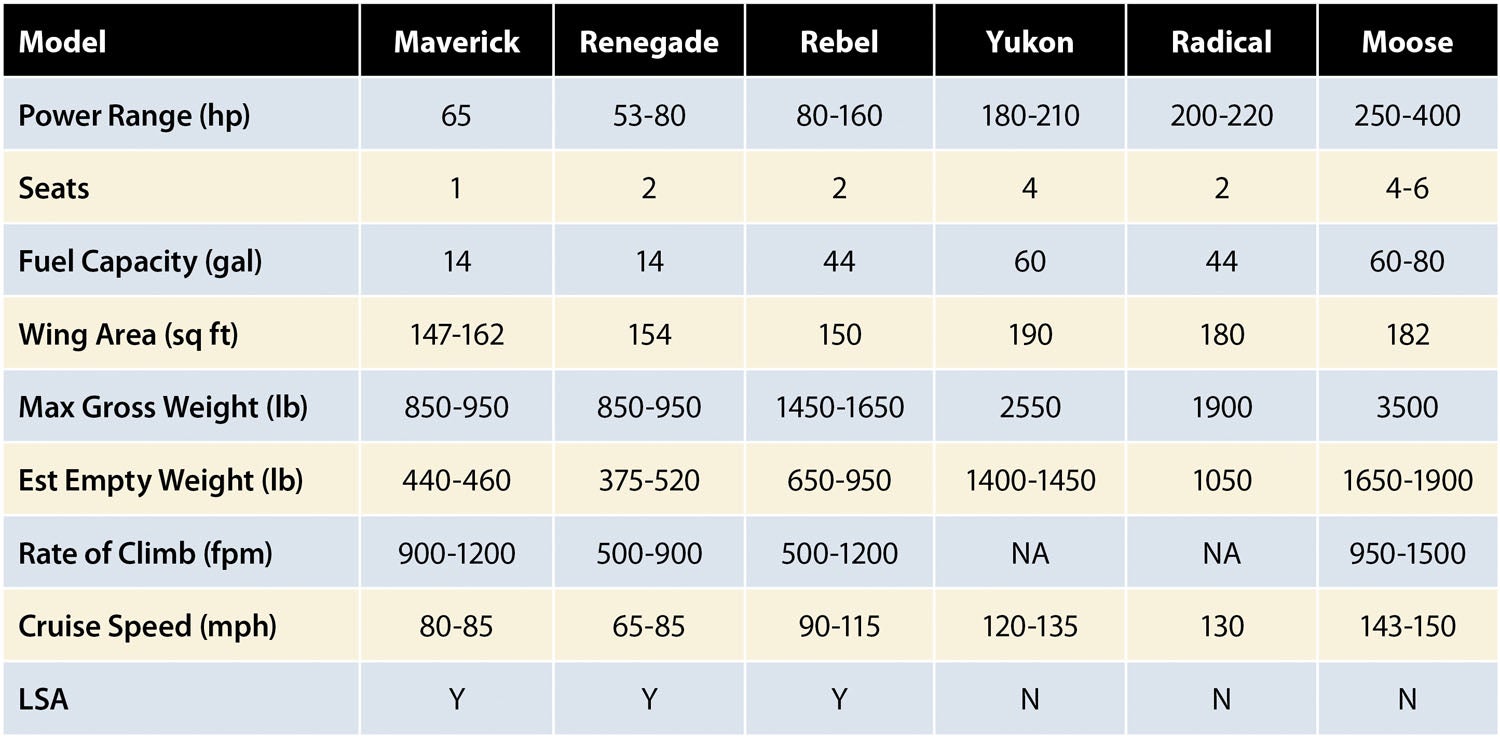
Return to the Show
This year, Murphy Aircraft will be back on the flight line at AirVenture with the Rebel, the Yukon, the Moose and the new Radical, which debuted at AirVenture in 2018. The latter is a completely new design, the result of more than 25 years of experience with high-wing metal designs and more than 30 years of aircraft design and fabrication experience. As you would expect, the Radical incorporates the best features of all the Murphy high-wing aircraft and will be powered by a four-cylinder Lycoming of 200–220 hp. With the new laser tooling and quickbuild option, it should be easier to build.
Beyond the Radical, what’s new? The new Rebel and Moose demonstrators will be sporting a nose gear—a new spring-steel leaf design strong enough to handle backcountry loads. Darryl and the new team understand there is a strong market for an easier-to-fly option than a taildragger. Going forward, all Murphy aircraft will have both landing-gear options, and you will be able to see it on both factory-built demonstrators at Oshkosh. Additionally, all Murphy aircraft kits will take advantage of the new laser cutter and large press capability so there will be fewer parts to manufacture and assemble.
Murphy Aircraft Manufacturing is poised to be a backcountry competitor once again. With an infusion of capital, favorable exchange rates, a relaxation of COVID restrictions and, most importantly, a stable of proven kitbuilt aircraft with outstanding payload and short-field capabilities, you should see them popping up at fly-ins once again. Although, as in the past, most will be out enjoying the backcountry and good weather rather than sitting idle on the Oshkosh flight line.
Update (April 5, 2022): Since we went to press with this story, chief engineer Edward Kang, has become the general manager.
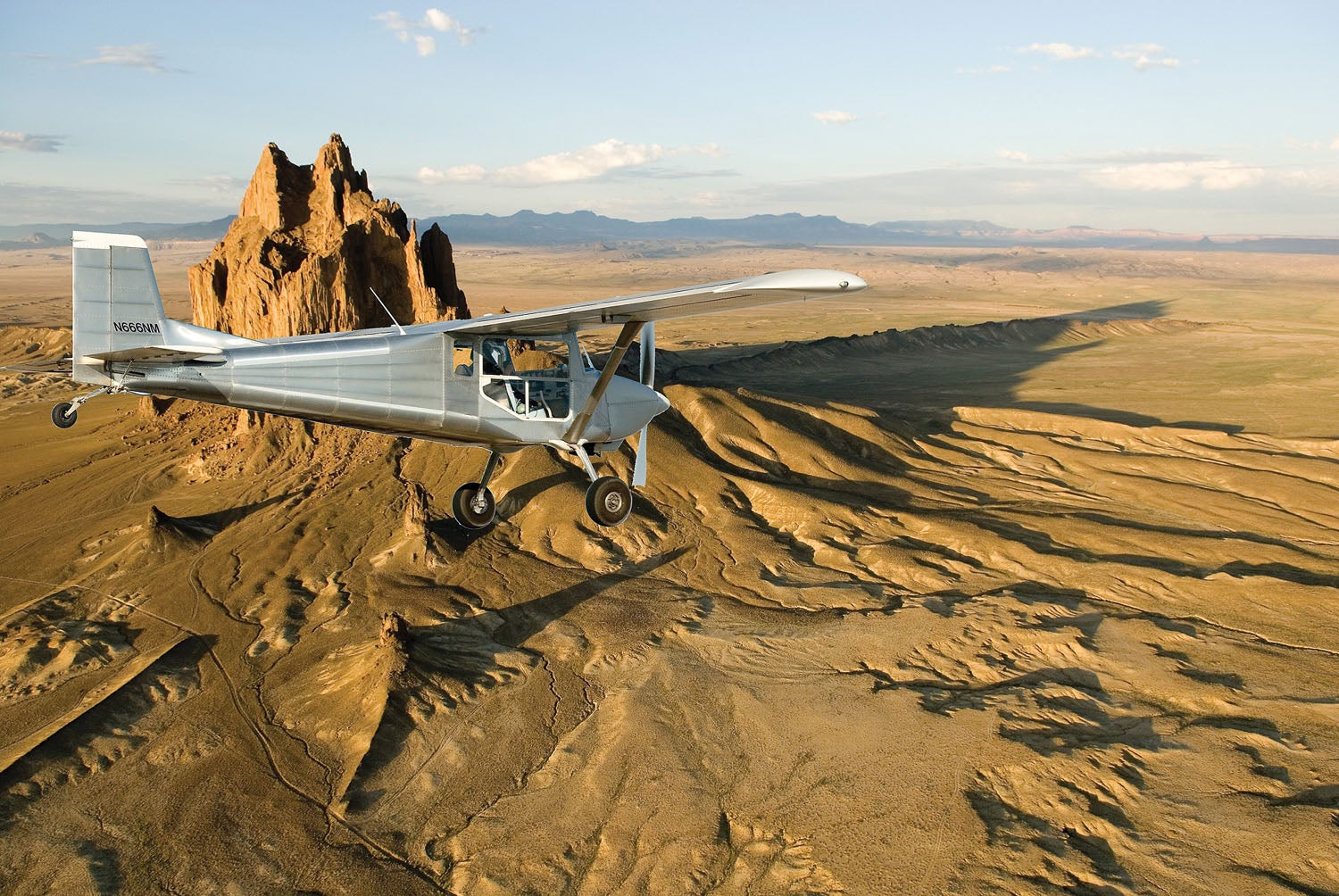














Whilst I’m happy to see this great marque still going strong, I hate to see yet another aviation company gobbled up by the Chinese….are there no other investors in North America anymore,,,sigh…I hope for the best for Murphy regardless, and hope to see them at Oshkosh this year.
I am so happy to see Murphy really get aggressive again. They have such solids foundations that, in my opinion, their is no reason they can’t dominate! Can’t wait to see what they come up with.
Terrific article Jerry!